3D animation graphics is an ever-growing industry, and it's only getting bigger as more people look to 3D animation graphics for their business or personal needs. However, with so many freelancers out there competing for jobs, how do you make sure that your name stands out as a freelance animator?
It's no secret that those who are willing to take the time and effort to master their skills in this field will have an advantage over other freelancers who don't bother putting in the extra effort. But mastering your skills doesn't mean just sitting at home all day watching YouTube videos about how things work!
There are plenty of ways that you can build up your portfolio before you hit the freelance scene - here are some tips:
Master Your Skills for 3D Animation Graphics
If you want to stand out as a 3D animation graphics freelancer, one of the first things you must do is master your skills. The best way to do this is by learning about various software for 3D animation models and techniques. This will allow you to create more diverse portfolios with different types of projects so that people can see how versatile your work can be.
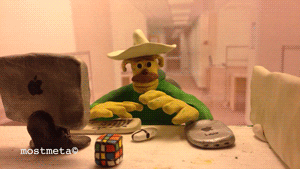
To become great at 3D modeling, it’s important that you know how each program works differently from others. For example, some programs may have better features than others when creating specific types of models (e.g., character modeling). For clients/employers to hire freelancers who are knowledgeable about various software for their projects - they need proof!
Build Your 3D Animation Graphics Portfolio
Building a portfolio is one of the most important steps in your animation career. It's where you'll show off your skills, connect with others who are interested in what you do, and potentially get clients interested in hiring you for freelance 3D animation graphics gigs. As such, it's important that your portfolio not only showcases high-quality work but also shows a wide range of styles—this will help demonstrate to clients that you're able to create the type of animations they need.
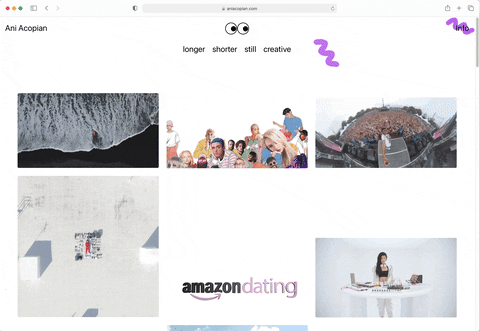
Here are some tips for creating an effective 3D animation graphics portfolio:
- Include examples of 2D work as well as 3D work if possible (or vice versa). Clients may see potential value in both types of animations, so including them together will show them just how versatile their potential freelancer is!
- Be sure to include different genres or types of projects under each heading (e.g., "Commercials" or "Characters"). This helps keep things organized and makes it easier on viewers when they're looking through everything at once! It also makes sense because different kinds of animation often require different skillsets—for example: character designs might be different from backgrounds even though technically speaking both are partaking in "animation."
Build Your Animation Network
Networking is an important part of building a successful career in 3D animation and can be done long before you've even created your first project. Here are some ways to begin making connections:
- Attend events related to your field - Conferences, meetups, and other industry gatherings are great places to make new friends who share common interests. Keep an eye out for opportunities that might be coming up soon so you can take time off from work and attend them!
- Look for mentors - Sometimes it's easier than you think to find people who have been in the industry a while longer than yourself (or who know more about certain aspects of it) and ask them if they'd be willing to answer questions about their experiences or provide advice on getting started in this line of work.
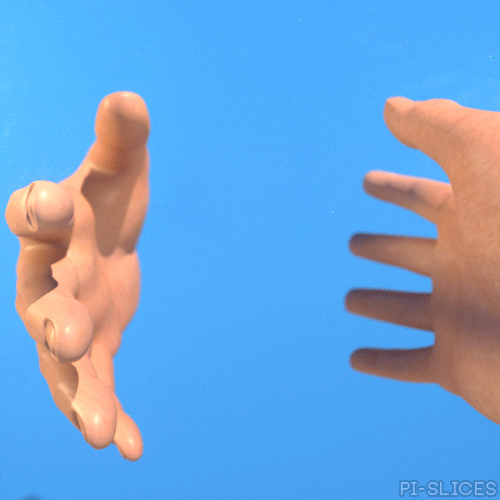
Join forums and groups on social media - This is a great way to meet other animators with similar interests. Make sure you're active in the conversations so that others know who you are!
Learn About Other Aspects of 3D Animation
- Learn about other aspects of 3D animation.
You should also learn about other aspects of 3D animation, such as:
- 3D modeling, which is the process of creating a digital three-dimensional object
- 3D texturing, which refers to adding color and texture to a model
- 3D lighting, which refers to adding color and light effects to an environment or scene
- 3D rendering, which describes the process of generating an image from a model using computer software when you cannot use cameras or other imaging devices for photographic purposes
- Compositing is the process of combining visual elements together in order to create one cohesive image. It can involve composite photography (multiple exposures), digital stabilization (removing camera shake), blue/green screen composites (keying out parts) etc., but this tends not be specific just within animation circles
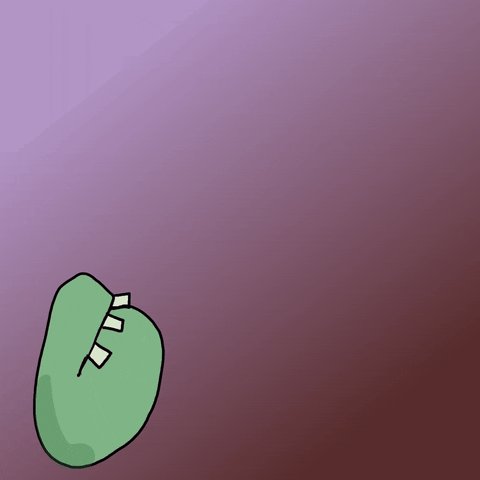
GIF by Jeremy Speed Schwartz via GIPHY
Don't Be Afraid of Competition
Don't be afraid of competition. Competition can help you improve your skills and stand out from the crowd.
You might think, “If I have to compete with other freelance 3D animators, how will I get any work?” Well, many freelance 3D animators out there indeed do great work, but it also means that you'll have plenty of opportunities to rise above them!
If you're struggling with some aspect of your work or want to improve your skills in general simply don't hesitate to reach out to other freelancers for help—they're usually more than happy to share their knowledge.
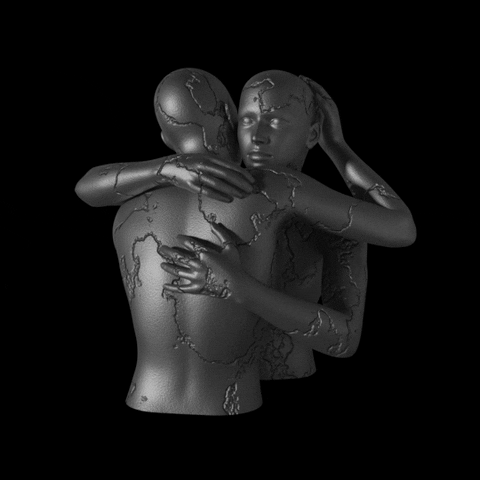
If you're just starting out as a freelance 3D animator, then it's important to get some experience under your belt before taking on any big projects. You can start by offering your services for free or very low cost on sites like Upwork and Freelancer.com. This will allow you to build a portfolio of work while also getting paid for it!
The Key to Standing Out in the 3D Animation Graphics Space
The world of 3D animation graphics is a competitive field, but with the right skills and knowledge, you can stand out from the crowd. The most important thing to remember is that competition doesn't mean you'll be left out in the cold; on the contrary, it means more opportunities are available for everyone!
For more tips, as well as answers to any other questions you might have, be sure to follow our blogs, check out our free masterclass and our Animation Business Accelerator Program, download a copy of our free marketing handbook, and check out our blog on “How to Start an Animation Studio”!



